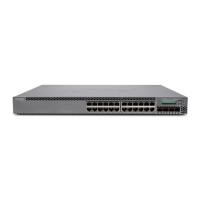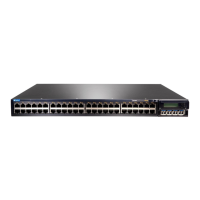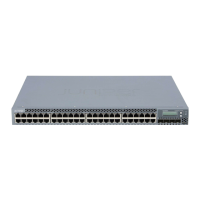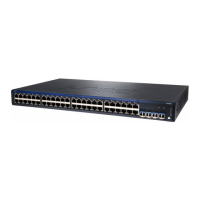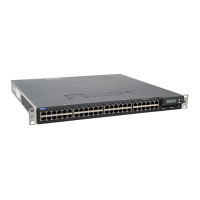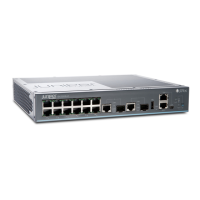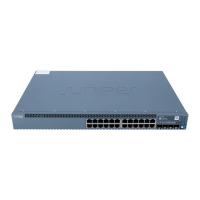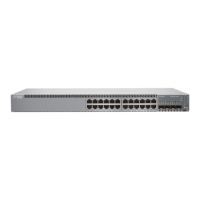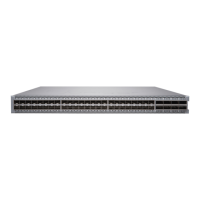NOTE: The extended DHCP local server and the address-assignment pools
used by the server must be configured in the same logical system and routing
instance.
Related
Documentation
Address-Assignment Pools Overview on page 121•
• Configuring How the Extended DHCP Local Server Determines Which
Address-Assignment Pool to Use on page 122
• Dynamic Profile Attachment to DHCP Subscriber Interfaces Overview
• Using External AAA Authentication Services with DHCP on page 101
• Assign a Specific IP Address to a Client Using DHCP Option 50 and DHCPv6 IA_NA
Option on page 128
• Graceful Routing Engine Switchover for DHCP
• High Availability Using Unified ISSU in the PPP Access Network
• Tracing Extended DHCP Operations
• Verifying and Managing DHCP Local Server Configuration on page 37
• Example: Minimum Extended DHCP Local Server Configuration on page 27
• Example: Extended DHCP Local Server Configuration with Optional Pool Matching on
page 123
• Example: Configuring a DHCP Firewall Filter to Protect the Routing Engine
Example: Minimum Extended DHCP Local Server Configuration
This example shows the minimum configuration you need to use for the extended DHCP
local server on the router or switch:
[edit system services]
dhcp-local-server {
group group_one {
interface fe-0/0/2.0;
}
}
NOTE: The interface type in this topic is just an example. The fe- interface
type is not supported by EX Series switches.
This example creates the server group named group_one, and specifies that the DHCP
local server is enabled on interface fe-0/0/2.0 within the group. The DHCP local server
uses the default pool match configuration of ip-address-first.
27Copyright © 2017, Juniper Networks, Inc.
Chapter 2: DHCP Local Server
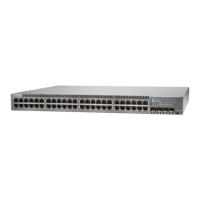
